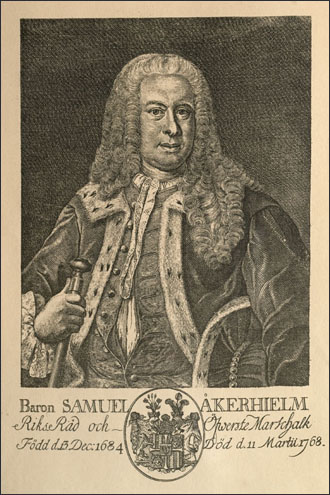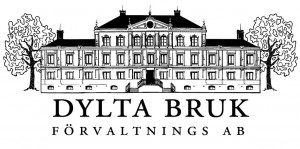The History of Dylta
Dylta is mentioned 1558 as an asset to the Royal Crown. Some years after 1570, it’s said that a Finnish ore prospector found something yellowish in the usual grey granite on Åbytorps pasturelands southeast of the village Dylta. It was sulfur, pyrite and the deposit turned out to be unique in Sweden.
Sulfur Mill
When Duke Karl was informed about the deposit he gave his constable in Närke the task to construct a sulfur mill. The work lasted between 1580 and 1582. Production started 1583. The Duke was clear regarding the importance of having a sulfur mill within his duchy. Sulfur was, like iron, the hard currency of that time and a very important resource for producing gunpowder. After a few years the production starting giving a surplus of sulfur which then became an important export.
Dylta Bruk was considered the “pearl” amongst the Duke’s industries and was for long the country’s only sulfur mill. Sulfur production ceased 1869 but the byproducts vitriol and red dye remained, red dye surviving the longest. Production of the red dye, which started 164 years before Falu Rödfärg’s excistence continued for another 355 years until 1942. The red dye plant is conserved at Dylta Bruk.
Dylta Bruk privatized
Year 1649 Queen Kristina gave Dylta Bruk in fief to the current leaseholder, Henrik Barckhusen. Since then Dylta Bruk has remained within the same family. After the son, Hans, the estate was taken over by his son in law, secretary of state Casten Feif, owner to Kägleholm and Medinge. His son in law, privy councilor Samuel Åkerhielm, became owner to Dylta Bruk 1739 which then belonged to the Åkerhielm family for 275 years. In 2014 the estate changed hands within the family to the Roos family.
The book about Delta Bruk’s history:
From sulfur mill to aquaculture
Dylta Bruk located in Närke has traditions from late 1570 when ore bodies of sulfur was discovered on the ground. Soon the sulfur quarried from Dylta played a central role in the Swedish gunpowder production. Vitriol, alum and red dye has also been produced here over the years which made it into one of the nation’s first chemical industries. This unique environment has been classed as a national interest.
Today Dylta Bruk is a modern company with focus on forestry, fish farming, hunting and property management. The richly illustrated book From sulfur mill to aquaculture, which is mainly built upon earlier archive material, depicts the consuetude’s development from then to now. The reader will get to know a lot of interesting people during the centuries have been active on Dylta, everything from dukes to farmhands.
The author of this book is Sture Nilsson, who has written several books about culture history and popular science. He is since many years back also an active journalist and translator.

Samuel Åkerhielm
